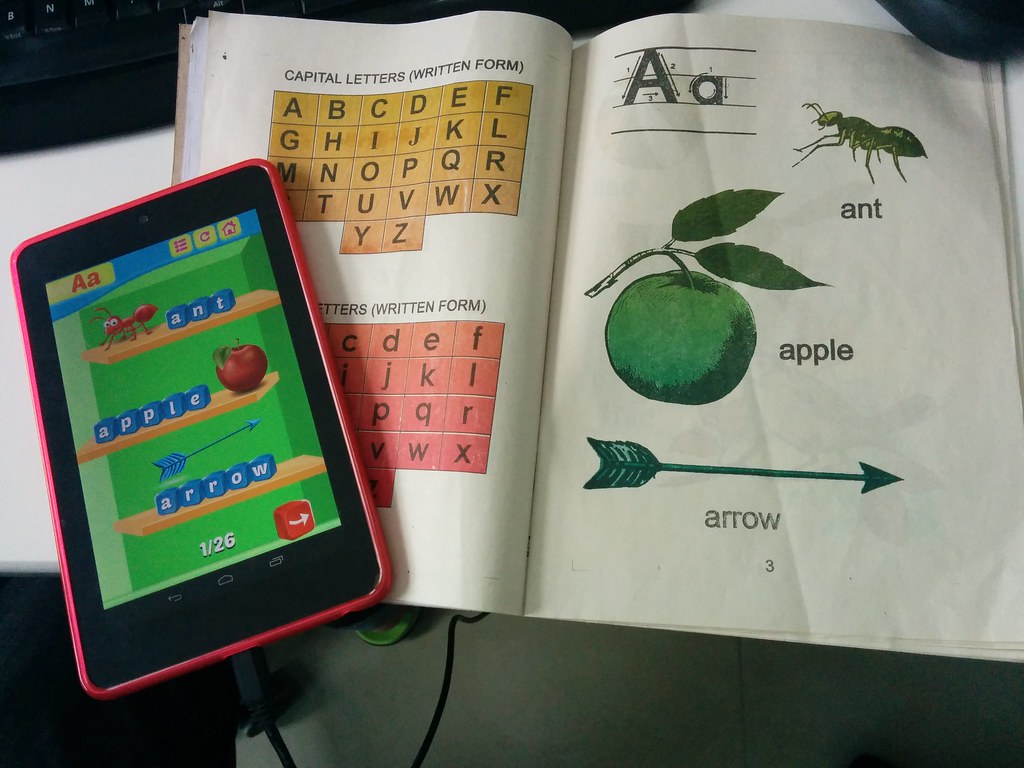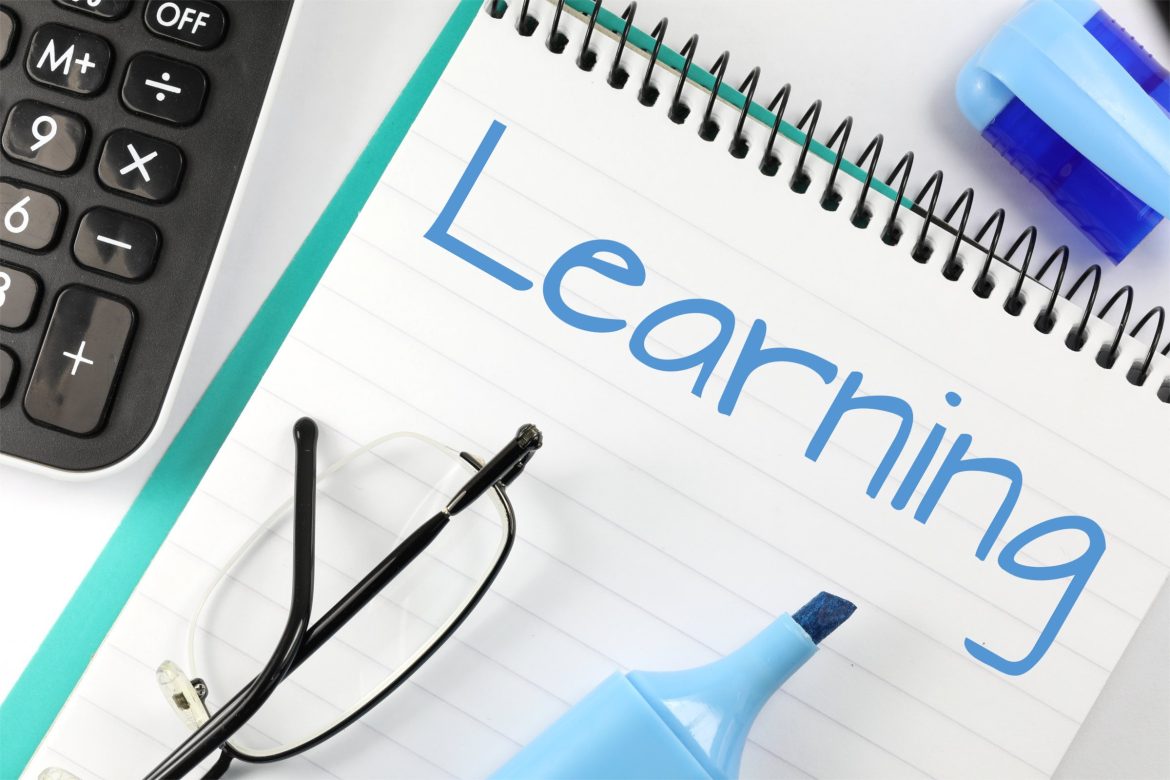Once upon a time, education and entertainment were two separate realms, rarely intertwining paths. Learning meant books, classrooms, and the occasional field trip, while playing was reserved for leisure time. But in the enchanting realm of modern education, a magical hybrid has emerged – educational games. These captivating creations have built the most wondrous bridge between learning and playing, breathing excitement and intrigue into the world of education. Gone are the days of disengaged students and lackluster lessons. By infusing knowledge with the allure of interactive experiences, educational games have transformed the way students learn, making the journey not only enlightening but thrilling. Welcome to the captivating world where learning and playing have become one, where educational games reign supreme in the quest to mold young minds into brilliant adventurers of knowledge.
Learning Through Play: The Power of Educational Games in Promoting Engagement and Learning
When it comes to education, traditional methods have always played a critical role. However, in recent years, educational games have emerged as a powerful tool in promoting engagement and enhancing learning outcomes for students of all ages. These interactive digital games have revolutionized the way we approach education, making the learning process more enjoyable and effective.
One of the key advantages of educational games is their ability to capture and hold the attention of students. By combining elements of fun, competition, and rewards, these games create a highly engaging learning environment. This engagement allows students to immerse themselves in the subject matter, fostering a deeper understanding and retention of key concepts. Moreover, through active participation and problem-solving, students develop critical thinking and decision-making skills, which are crucial in today’s fast-paced world.
- By incorporating educational games into the curriculum, teachers can provide personalized learning experiences tailored to each student’s needs and preferences.
- These games often provide immediate feedback, allowing students to track their progress and identify areas for improvement, promoting self-reflection and motivating further learning.
- The use of gamified elements such as levels, achievements, and badges can incentivize students to challenge themselves and strive for continuous improvement.
- Collaborative features in educational games enable students to work together, fostering teamwork and promoting effective communication skills.
Overall, educational games harness the power of play, creating an environment where learning becomes an enjoyable and rewarding experience. By integrating these games into the educational system, we can unlock the potential for increased engagement, enhanced learning outcomes, and the development of essential skills that will benefit students both inside and outside the classroom.

Unlocking Engagement: How Educational Games Motivate and Inspire
When it comes to learning, conventional methods can sometimes fall short in capturing the attention and enthusiasm of students. However, there is a revolutionary tool emerging in the field of education – educational games. These interactive and immersive experiences have the power to motivate and inspire students like never before. Here are some compelling reasons why educational games are unlocking engagement in classrooms worldwide:
- Active participation: Unlike traditional passive learning, educational games require active participation from students. They become part of the learning process, making decisions, solving problems, and exploring virtual worlds. This hands-on approach not only sparks curiosity and critical thinking but also allows students to retain knowledge more effectively.
- Personalized learning: One of the greatest strengths of educational games is their ability to adapt to the individual needs of each student. By analyzing their progress, strengths, and weaknesses, these games can provide personalized feedback and content tailored to suit their specific learning style. Students can learn at their own pace, enhancing their confidence and deepening their understanding of various subjects.
- Collaborative learning: Many educational games foster collaboration among students, promoting teamwork and effective communication. Through multiplayer experiences or cooperative challenges, students learn to listen, share opinions, and work together towards a common goal. These social interactions not only enhance the learning experience but also cultivate important skills needed in the real world.
Overall, educational games have proven to be a game-changer in the realm of education. They captivate students’ attention, fuel their curiosity, and instill a love for learning in a way that traditional methods often struggle to achieve. As technology continues to evolve, it is clear that educational games are paving the way for a more engaging and interactive future of education.
Turning Fun into Learning: Strategies for Incorporating Educational Games in the Classroom
Immersing students in an educational environment that fosters engagement and excitement can revolutionize the learning experience. One effective way to achieve this is by integrating educational games into the classroom. By seamlessly infusing playfulness with valuable academic content, teachers can turn a mundane lecture into an interactive adventure.
Here are a few strategies to effortlessly incorporate educational games into your teaching arsenal:
- Theme-based Quests: Transform your lessons into captivating journeys where students embark on quests to explore various topics. Craft a narrative that guides their learning, rewarding them with virtual treasures, achievements, or progress markers as they successfully complete each stage.
- Interactive Simulations: Bring abstract concepts to life by implementing interactive simulations that allow students to experiment, manipulate variables, and observe the results. Simulating real-world scenarios helps them grasp complex ideas in a fun and tangible way.
- Collaborative Challenges: Divide the class into teams and create competitive challenges that require cooperative problem-solving. Encourage students to pool their knowledge and skills to tackle complex puzzles or complete projects together. This fosters teamwork, communication, and critical thinking.
By integrating educational games seamlessly into your curriculum, you can harness the power of play to ignite curiosity and inspire a love for learning in your students. Remember, creating a dynamic classroom environment is the key to turning education into an exciting adventure!
Game On: Tips for Choosing and Using Educational Games for Effective Learning
When it comes to enhancing learning experiences, educational games can be a powerful tool. However, with countless options available, selecting the right game for a specific purpose can be overwhelming. To help you make informed choices and maximize the benefits of educational games, we’ve compiled some valuable tips:
- Educational Objectives: Before diving into the vast sea of educational games, define your learning objectives. Determine the skills or knowledge you want to reinforce or introduce to your audience. By aligning the game’s objectives with your learning outcomes, you ensure a more targeted and effective learning experience.
- Engagement and Motivation: Look for games that are visually appealing and offer engaging narratives. When learners are captivated and motivated by the game’s storyline or challenges, they are more likely to stay focused and retain information. Seek games that strike the right balance between entertainment and educational content.
- Customizable Features: Every learner is unique, and their educational needs may vary. Choose games that offer customizable features, allowing you to adjust difficulty levels, pace, or even content. This flexibility ensures that the game can be tailored to suit individual learning styles and preferences.
Remember, educational games are not a one-size-fits-all solution, but when selected and used wisely, they can become powerful allies in the quest for effective learning. Consider these tips, explore different games, and leverage their potential to transform learning into an engaging and enjoyable experience for all.
In Retrospect
As we dust off our nostalgia and leave behind the days of dull textbooks and monotone lectures, a new era of education is upon us. It is an era where learning and play intertwine in an intricate dance, captivating the minds of both young and old alike. Educational games have burst onto the scene, transforming the traditional classroom into a vibrant hub of discovery and joy.
In the realm of learning, where engagement is the nourishment that fuels knowledge acquisition, educational games have emerged as the savviest of chefs. Gone are the days of passive absorption, replaced by a world where knowledge is actively sought, explored, and conquered. With every click, swipe, and tap, educational games plant seeds of curiosity and ignite the flames of enthusiasm, sparking a love affair with learning that knows no bounds.
By crafting immersive narratives and inviting digital landscapes, educational games obliterate the walls that often separate students from their subjects. They invite them to embark on courageous quests, savor the thrills of adventure, and unravel the mysteries of academia. Math becomes a magical realm of dragons and princes, where equations and solutions are the keys to saving kingdoms. History unfolds as a captivating drama, with heroes and villains dancing through ancient landscapes. Science beckons as a thrilling laboratory, where budding scientists unravel secrets to mend the world.
Beyond their enchanting allure, educational games deliver a wealth of benefits that their traditional counterparts can scarcely compete with. In the vibrant world of digital education, failure becomes a mere stepping stone to success, as students are encouraged to experiment, make mistakes, and learn from them. Through interactive simulations and virtual labs, they grasp complex concepts with ease, witnessing firsthand the impact of their decisions. Collaboration flourishes, as classmates join forces in multiplayer games, honing essential skills of communication, teamwork, and problem-solving.
But let not our exploration end here. The realm of educational games stretches far beyond the screen; it resonates in the hearts and minds of a new generation of learners. Let us embrace this evolution, celebrating the harmonious blend of learning and play. As the boundaries between education and entertainment continue to blur, let us embark on this remarkable adventure, where classrooms become treasure troves of knowledge and lifelong learning becomes an exhilarating game we play.
With technology advancements, educational games have become one of the key elements in how we learn. Their potential to engage learners to reinforce their knowledge and skills, as well as provide additional opportunities for exploration are key features in why educational games are increasing in popularity.
Educational games use a range of strategies to inform and educate learners in a fun and entertaining way. They incorporate a variety of different activities, such as mini-games, quiz types, and challenges. These activities are designed to promote cognitive thought processes and allow learners to explore the concepts and materials taught in a different, fresh, and exciting way.
Educational games can be used in a variety of educational settings, such as classrooms, educational apps, and even adapted for home-schooling. As well as boosting knowledge and skills, they also hold high potential to encourage collaboration during play. This kind of collaboration is another effective teaching method, which supports the success of the game and learners’ understanding.
The benefits of learning through games are numerous. Firstly, educational games create an environment where failure and risk-taking are encouraged and safe. This allows learners to develop their skills and gain a real sense of achievement in a consequence-free manner. Additionally, in comparison to traditional teaching strategies, educational games often require far less teacher involvement and management. This allows teachers to provide more mental resources and time into focusing on individual learners’ in-depth understanding of topics, as they will mainly be in control of their own learning process.
Overall, educational games are a great tool to engage learners in a fun and reflective way. Along with providing a suitable environment to show theoretical concepts in practice, they ultimately equalize the learning process by allowing low-ability learners to reach a higher level of success. Learning while playing is an innovative way to engage with learners and make learning more enjoyable, thereby encouraging an active, interactive, and effective learning experience.



